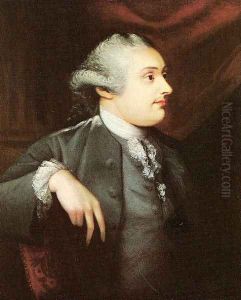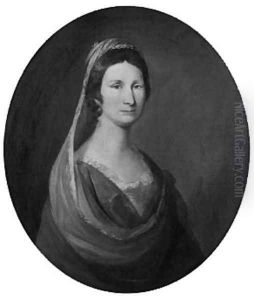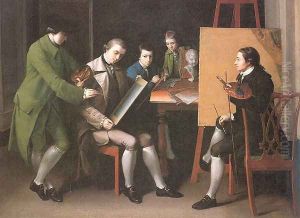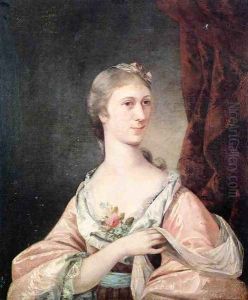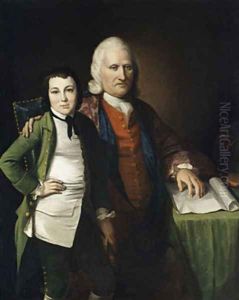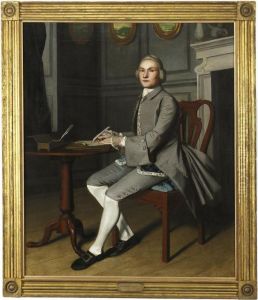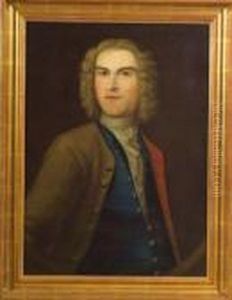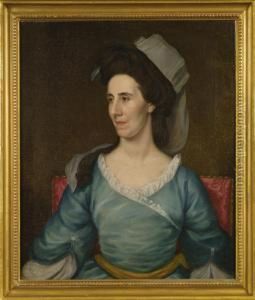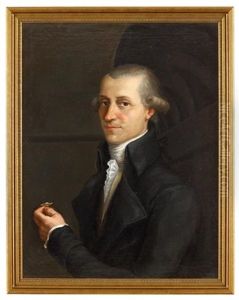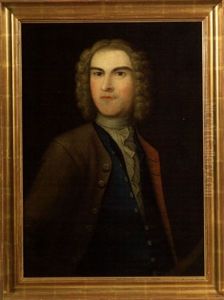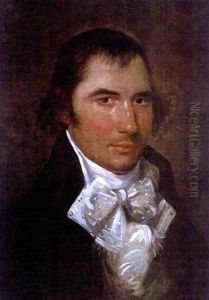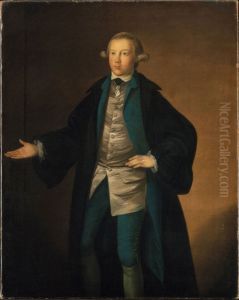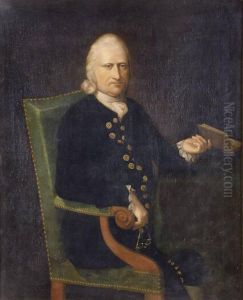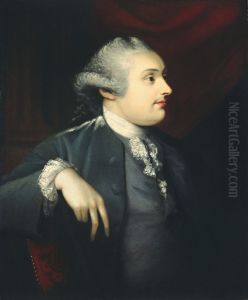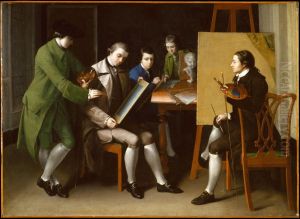Matthew Pratt Paintings
Matthew Pratt was an American colonial-era painter born in Philadelphia, Pennsylvania, in 1734. He is best known for his portraits and historical paintings, which reflect the influence of the 18th-century British artistic style. Pratt apprenticed under his uncle, James Claypoole Jr., who was also a painter, before traveling to London in 1764 to further his studies.
In London, Pratt studied under the prominent American artist Benjamin West, who, like Pratt, was originally from Pennsylvania but had made a successful career in England. West's influence is evident in Pratt's works, particularly in his use of grand-manner portraiture. During his time in England, Pratt painted 'The American School' (1765), which depicted West in his studio surrounded by fellow American artists. This work is considered one of Pratt's most significant pieces as it captures an important moment in the history of American art, representing the transatlantic connections that shaped early American painting.
Pratt returned to America in 1768 and opened his own studio in Philadelphia. He became a successful portraitist, painting prominent figures of the time, including civic leaders, merchants, and clergymen. His style was characterized by detailed realism and a refined use of color. Pratt also created religious and historical works, although he is primarily remembered for his portraits.
Despite the demand for his portraits, Pratt faced financial difficulties later in life, particularly during the Revolutionary War, when the patronage for art was limited. After the war, he continued to work, but never regained the same level of success he had enjoyed before. Pratt died in 1805, leaving behind a legacy as one of the early American painters who bridged the gap between the colonial period and the burgeoning national identity of the United States. His works are held in various collections, including the Metropolitan Museum of Art in New York and the Pennsylvania Academy of the Fine Arts in Philadelphia.
